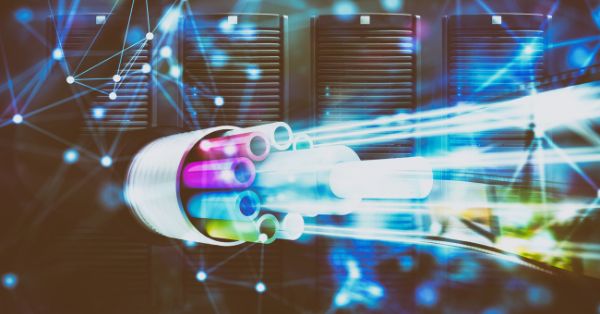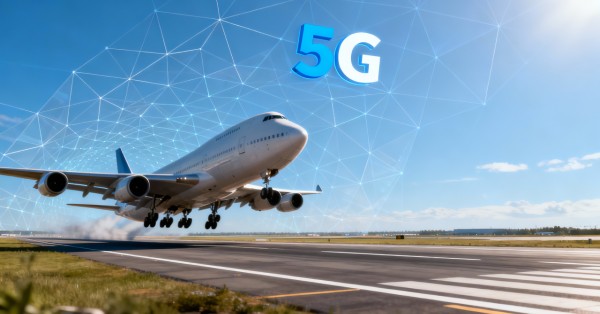As the computational demands of generative AI continue to grow, new research suggests that by 2030, the technology industry could generate e-waste on a scale equivalent to billions of smartphones annually. In a study published in Nature, researchers from Cambridge University and the Chinese Academy of Sciences estimate the impact of this rapidly advancing field on electronic waste, raising awareness about the potential environmental footprint of AI’s expansion.
Understanding the Scale of AI’s Future E-Waste Impact
The researchers emphasize that their goal is not to hinder AI’s development, which they recognize as both promising and inevitable, but rather to prepare for the environmental consequences of this growth. While energy costs associated with AI have been analyzed extensively, the material lifecycle and waste streams from obsolete AI hardware have received far less attention. This study offers a high-level estimate to highlight the scale of the challenge and to propose possible solutions within a circular economy.
Forecasting e-waste from AI infrastructure is challenging due to the industry’s rapid and unpredictable evolution. However, the researchers aim to provide a sense of scale—are we facing tens of thousands, hundreds of thousands, or millions of tons of e-waste per year? They estimate that the outcome is likely to trend towards the higher end of this range.
AI’s E-Waste Explosion by 2030: What to Expect
The study models low, medium, and high growth scenarios for AI’s infrastructure needs, assessing the resources required for each and the typical lifecycle of the equipment involved. According to these projections, e-waste generated by AI could increase nearly a thousandfold from 2023 levels, potentially rising from 2.6 thousand tons annually in 2023 to between 0.4 million and 2.5 million tons by 2030.
Starting with 2023 as a baseline, the researchers note that much of the existing AI infrastructure is relatively new, meaning the e-waste generated from its end-of-life phase has not yet reached full scale. However, this baseline is still crucial as it provides a comparison point for pre- and post-AI expansion, illustrating the exponential growth expected as infrastructure begins to reach obsolescence in the coming years.
Reducing AI-Driven E-Waste with Sustainable Solutions
The researchers outline potential strategies to help mitigate AI’s e-waste impact, though these would depend heavily on adoption across the industry. For instance, servers at the end of their lifespan could be repurposed rather than discarded, while certain components, like communication and power modules, could be salvaged and reused. Additionally, software improvements could help extend the life of existing hardware by optimizing efficiency and reducing the need for constant upgrades.
Interestingly, the study suggests that regularly upgrading to newer, more powerful chips may actually help mitigate waste. By using the latest generation of chips, companies may avoid scenarios where multiple older processors are needed to match the performance of a single modern chip, effectively reducing hardware requirements and slowing the accumulation of obsolete components.
The researchers estimate that if these mitigation measures are widely adopted, the potential e-waste burden could be reduced by 16% to 86%. The wide range reflects uncertainties regarding the effectiveness and industry-wide adoption of such practices. For example, if most AI hardware receives a second life in secondary applications, like low-cost servers for educational institutions, it could significantly delay waste accumulation. However, if these strategies are minimally implemented, the high-end projections are likely to materialize.
Shaping a Sustainable Future for AI Hardware
Ultimately, the study concludes that achieving the low end of e-waste projections is a choice rather than an inevitability. The industry’s approach to reusing and optimizing AI hardware, alongside a commitment to circular economy practices, will significantly influence the environmental impact of AI’s growth. For a detailed look at the study’s findings and methodology, interested readers can access the full publication.







































